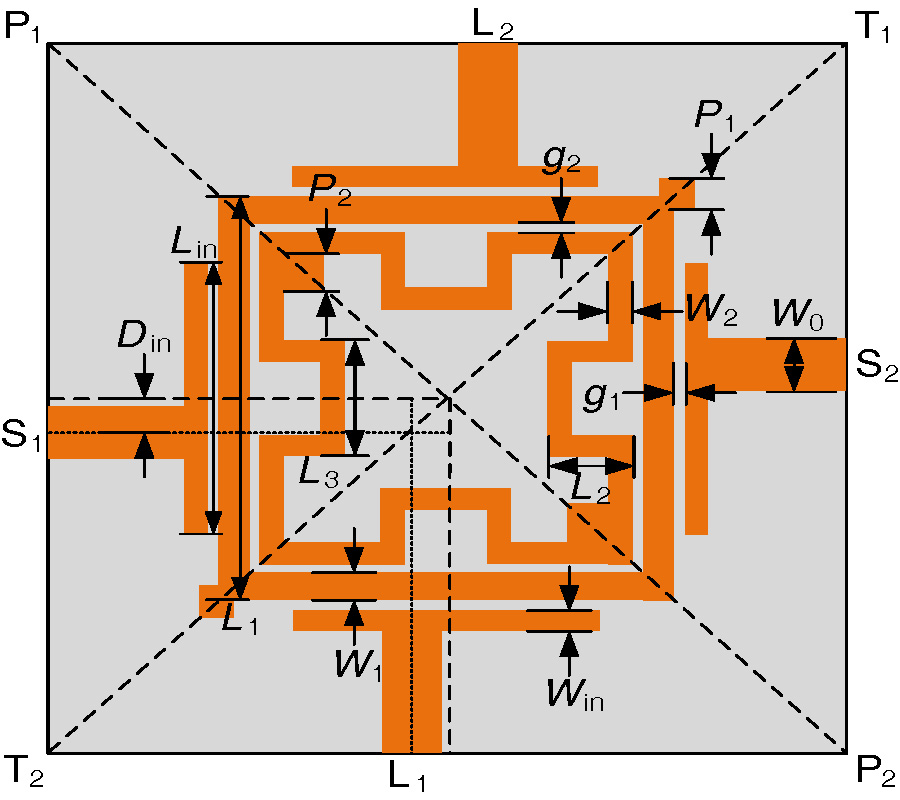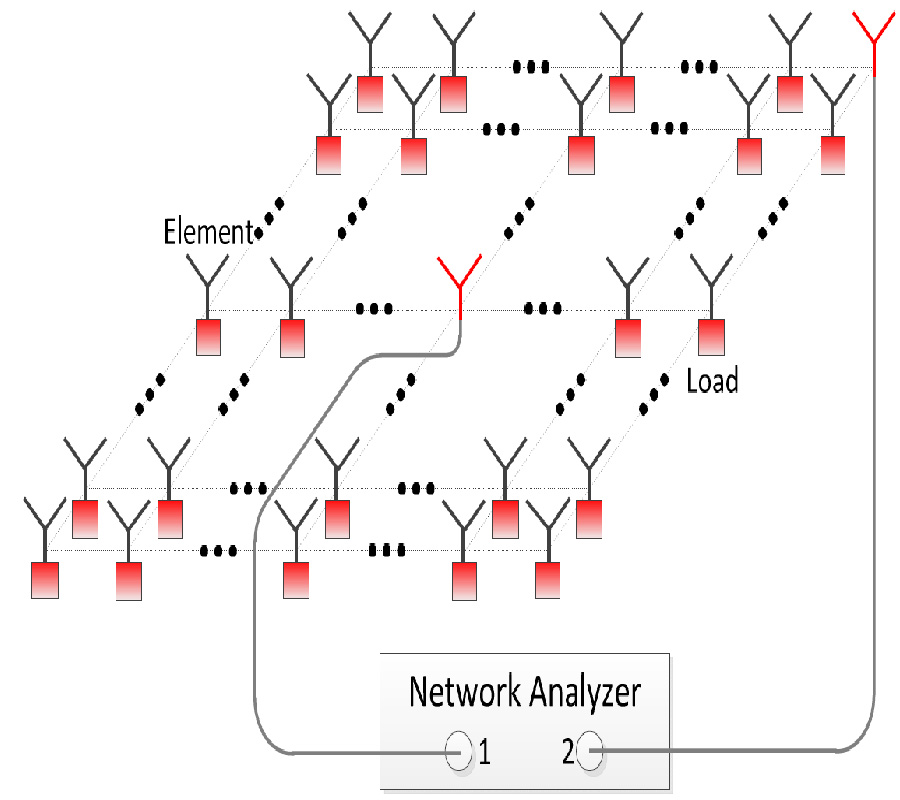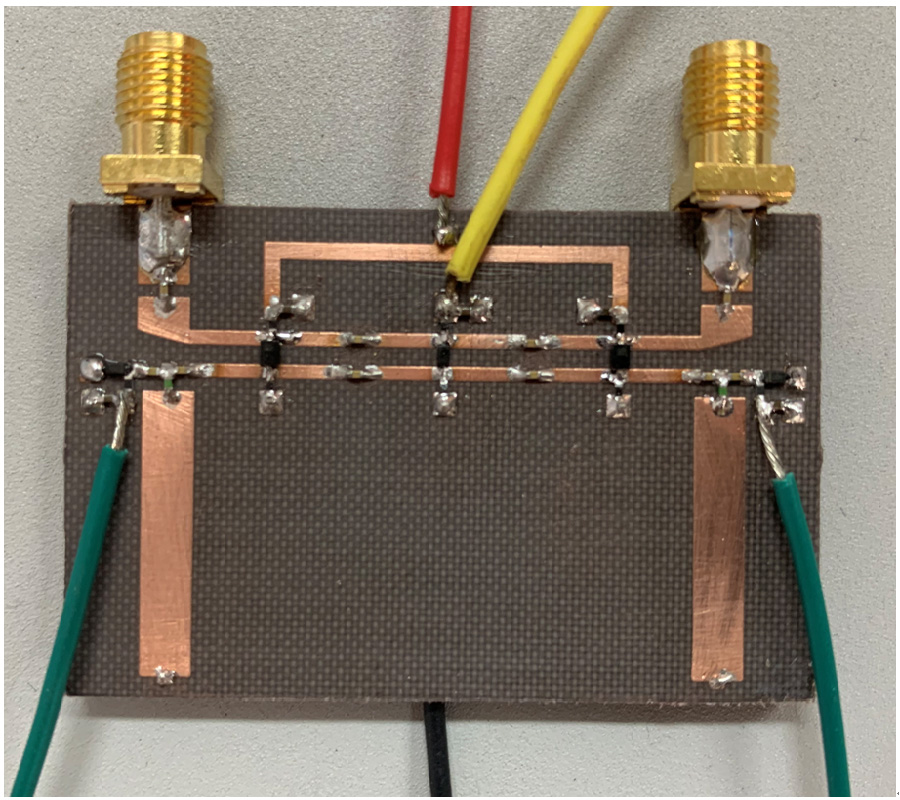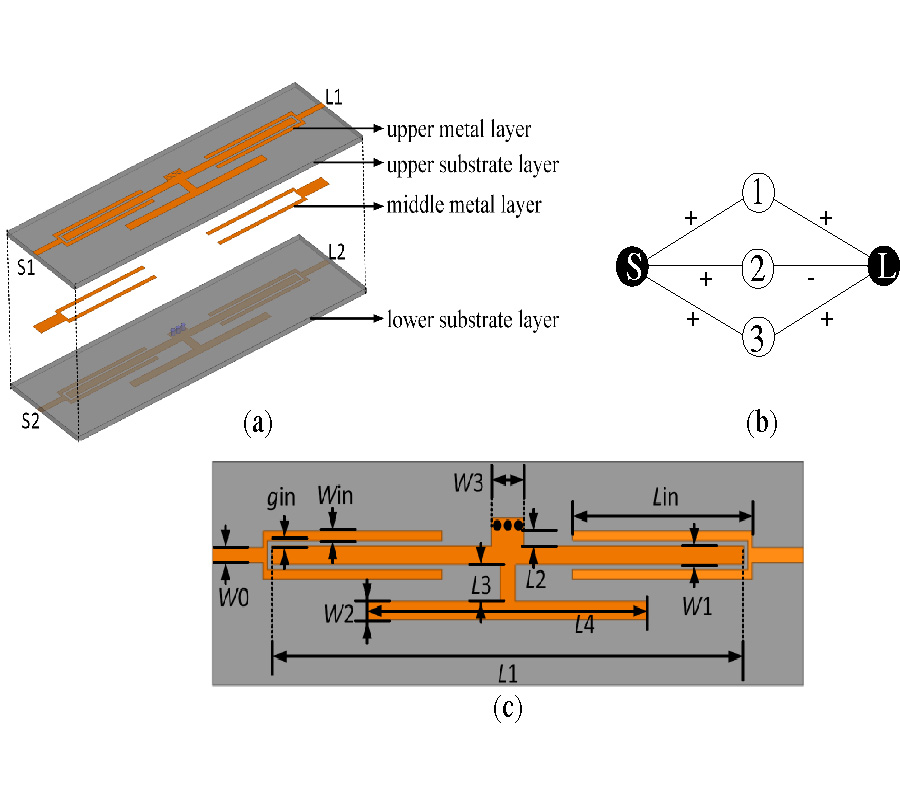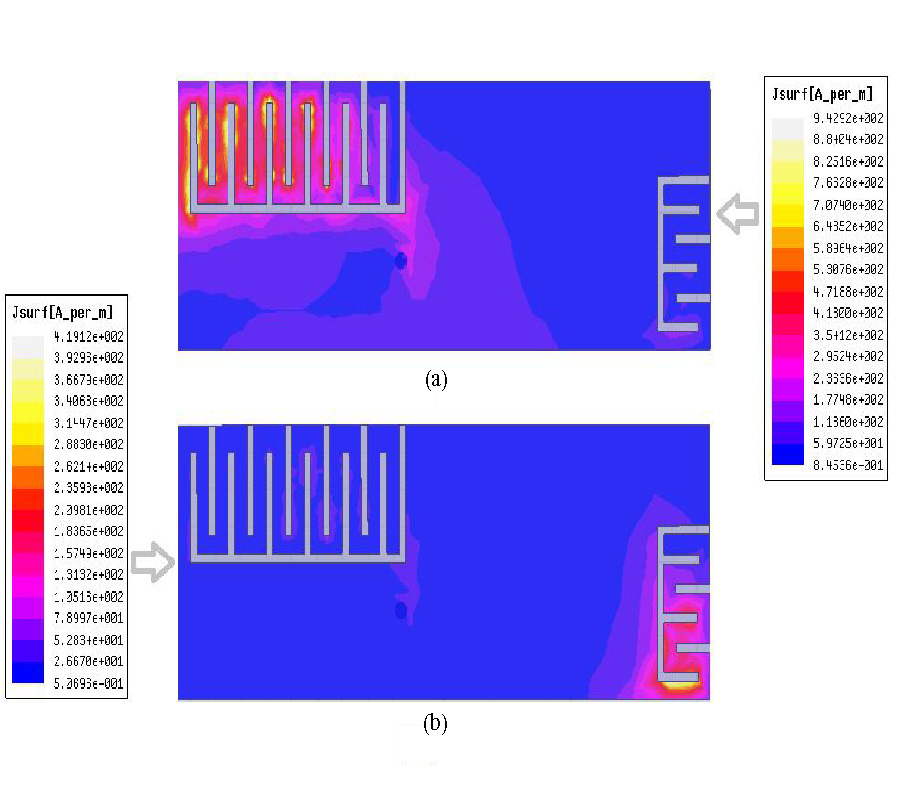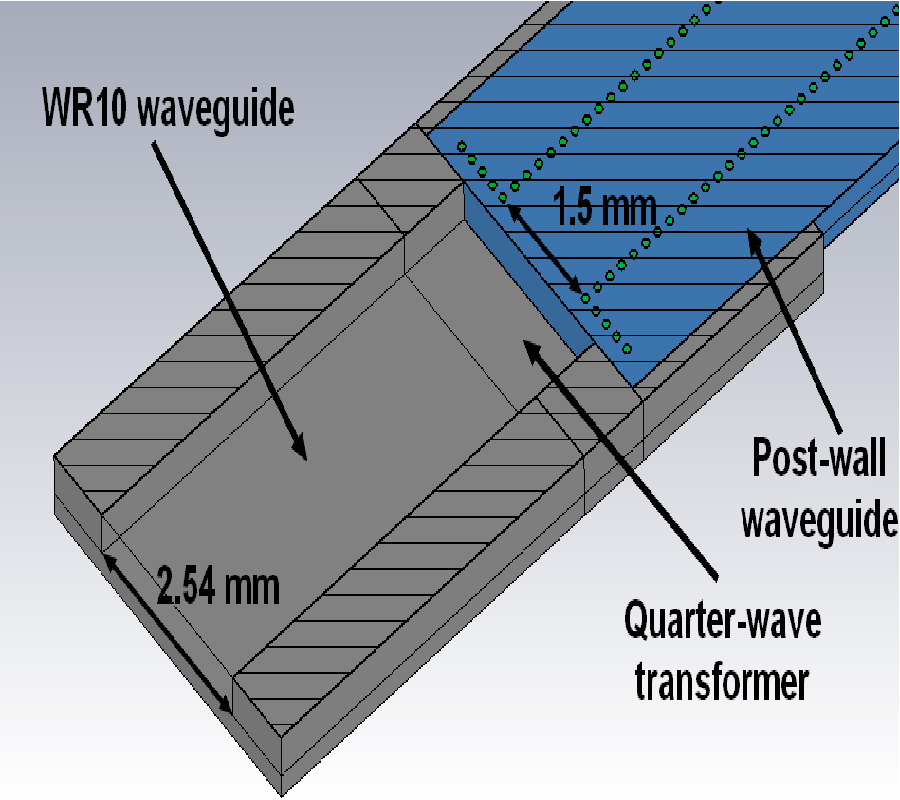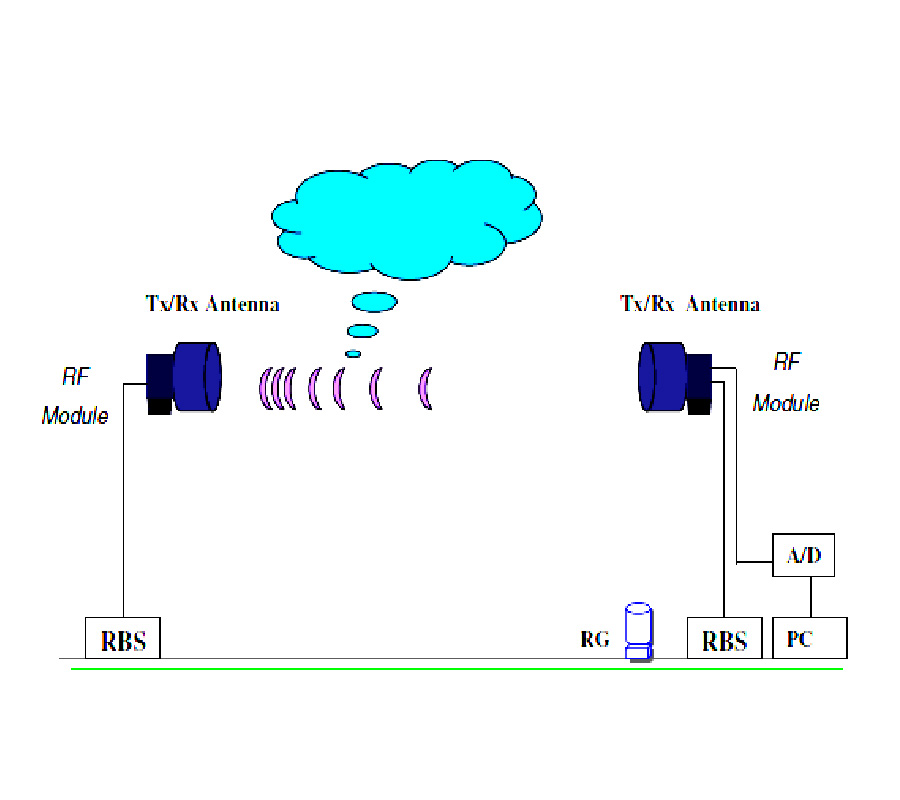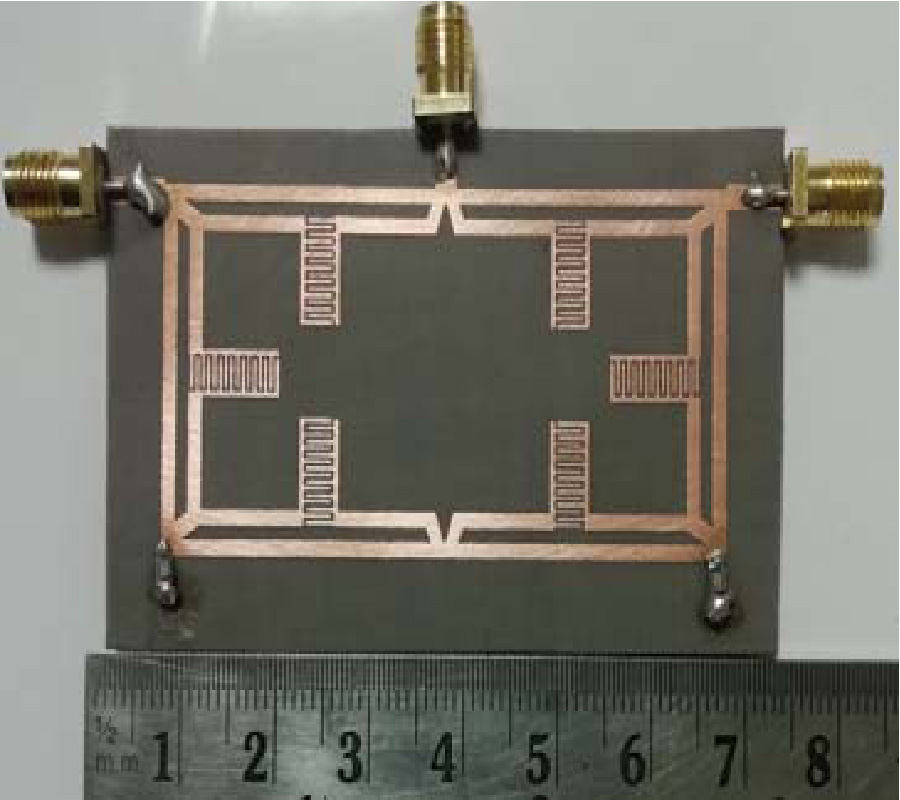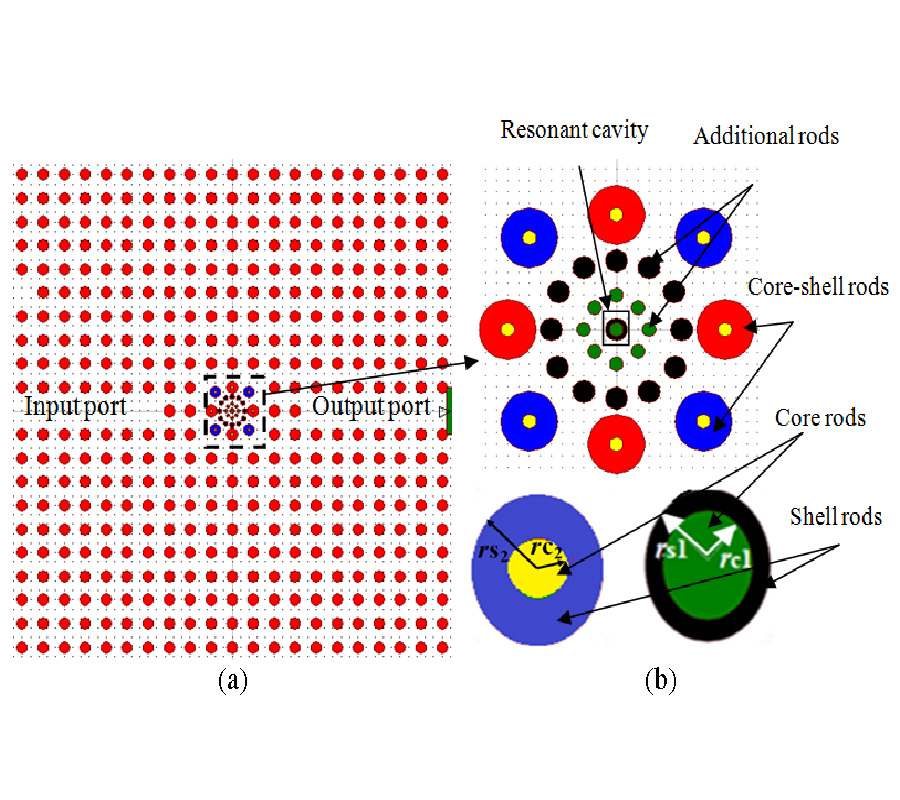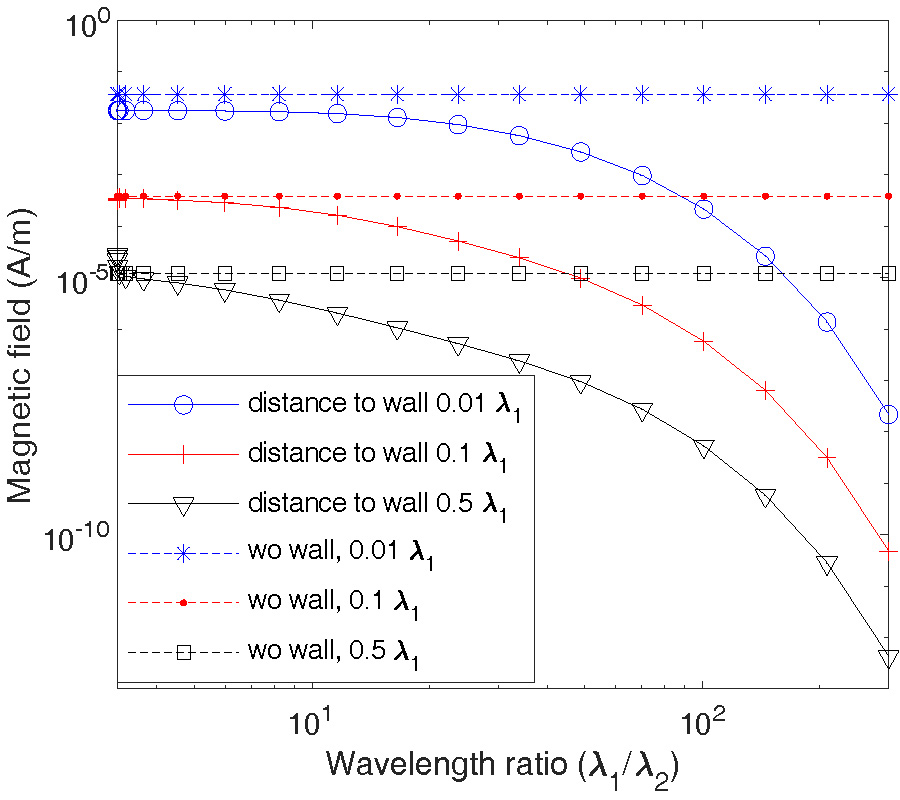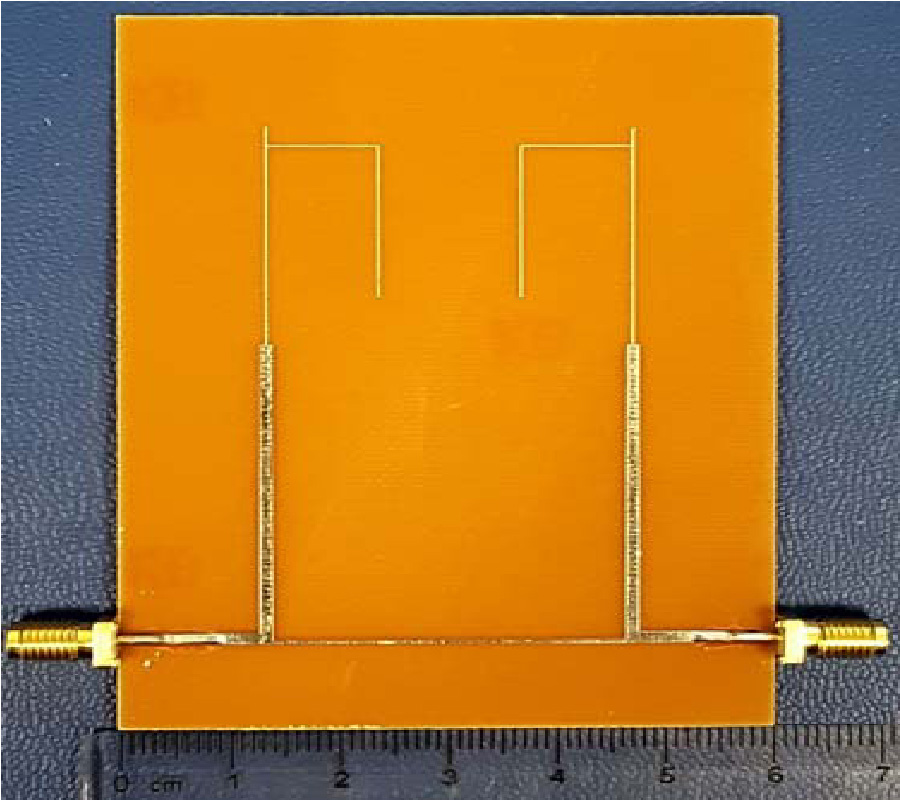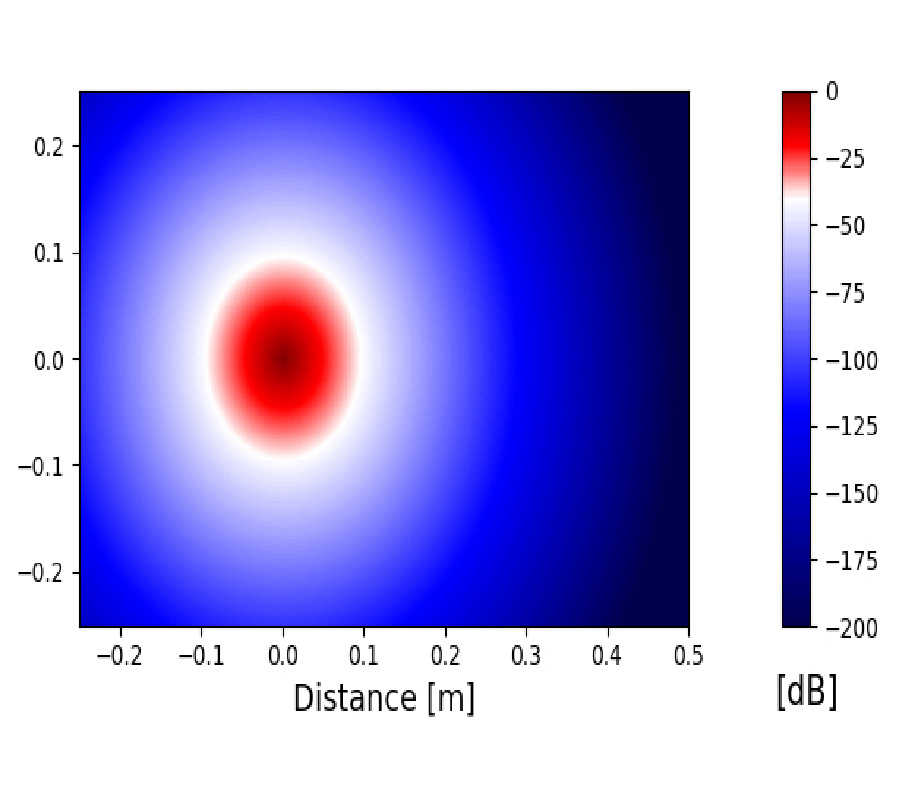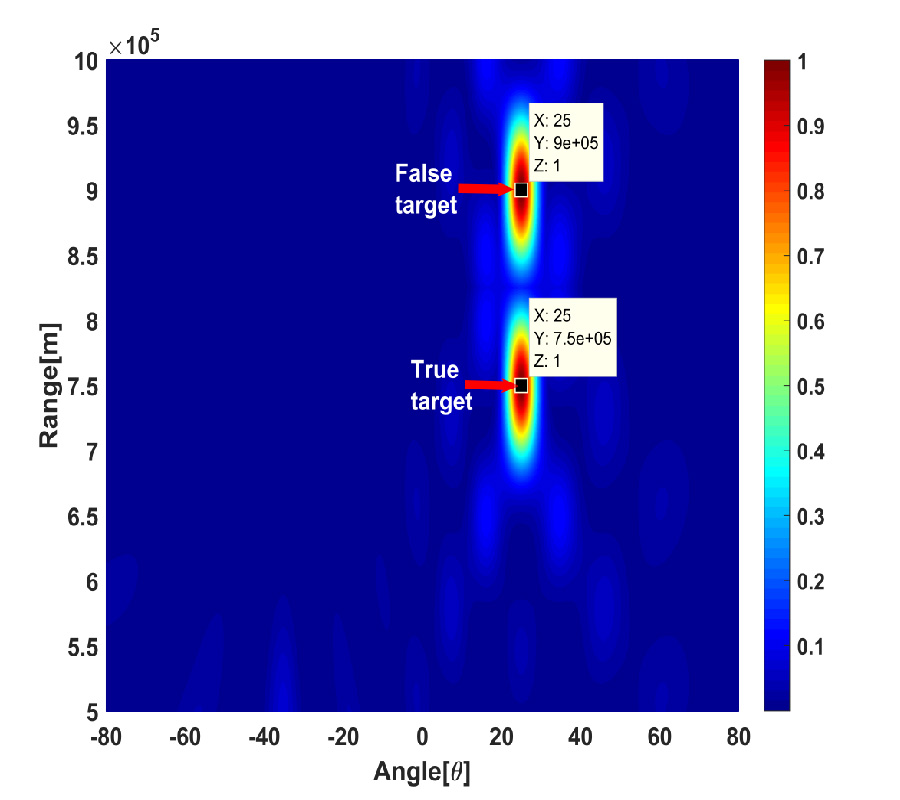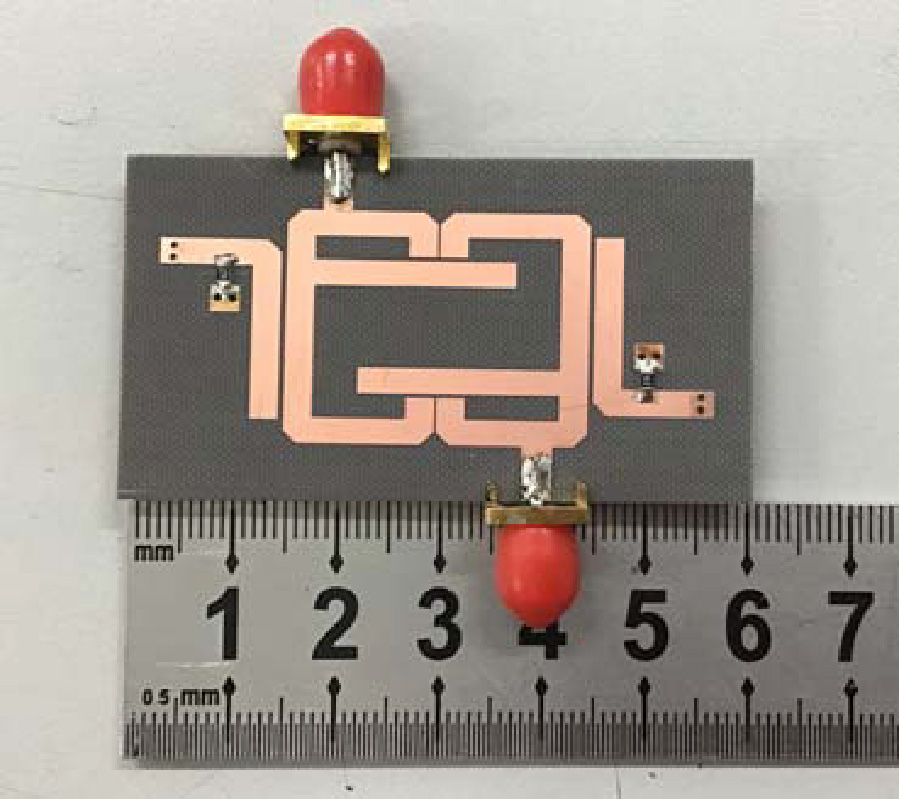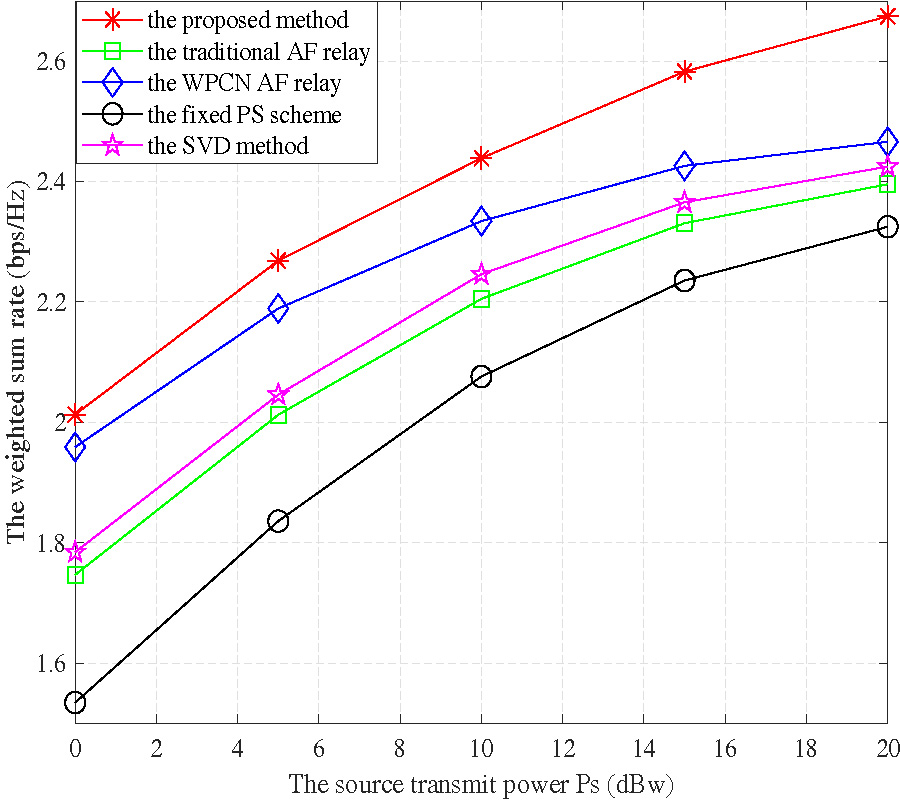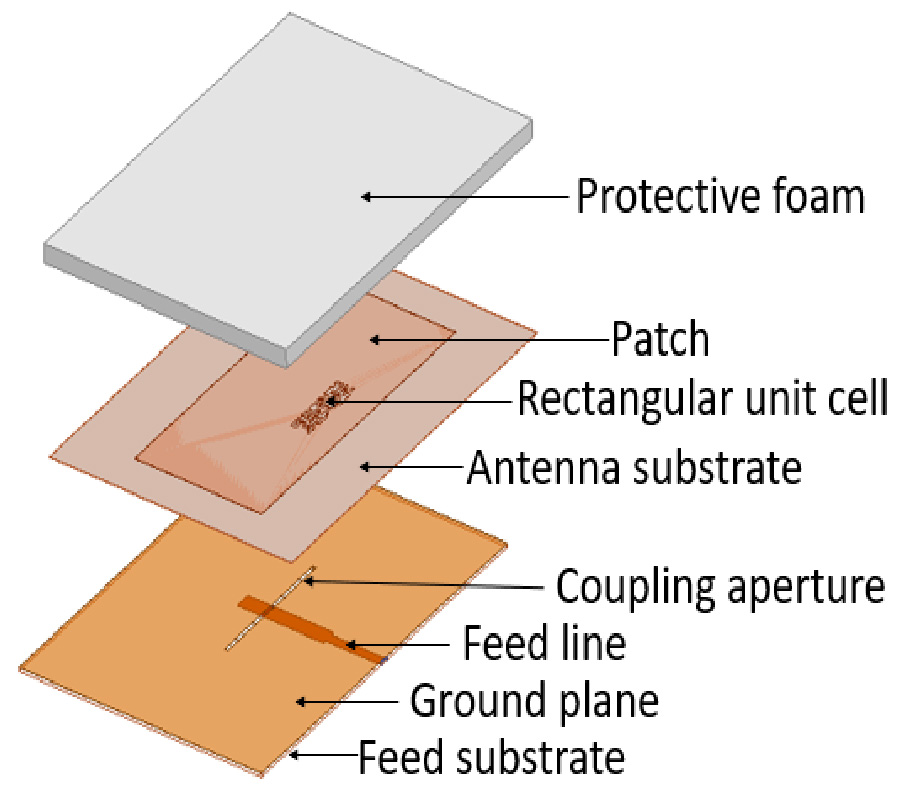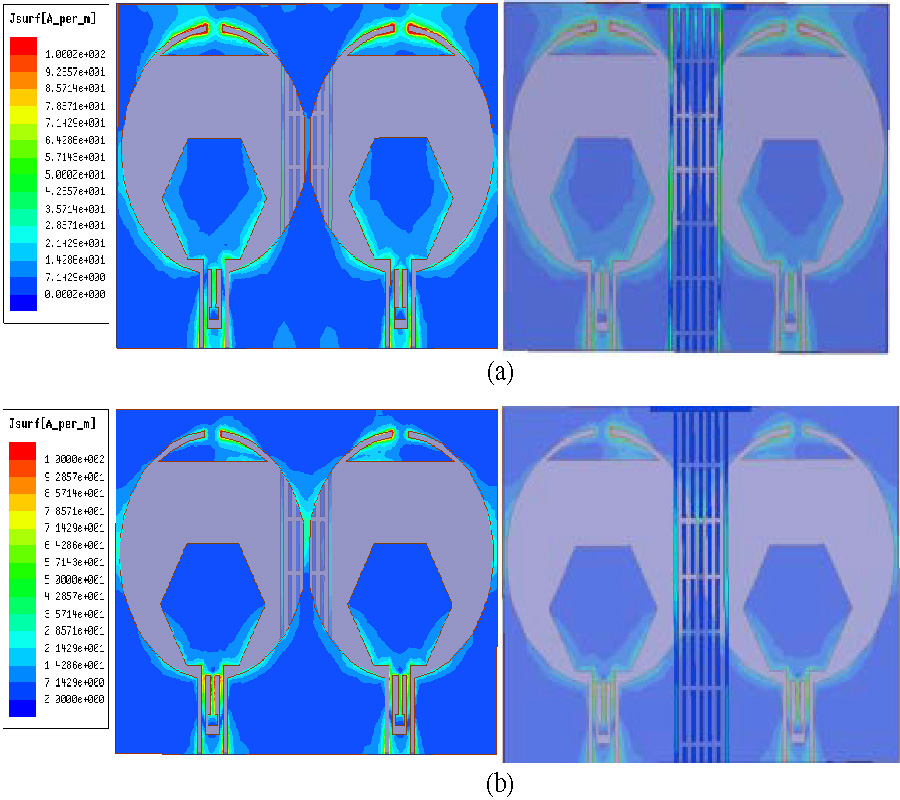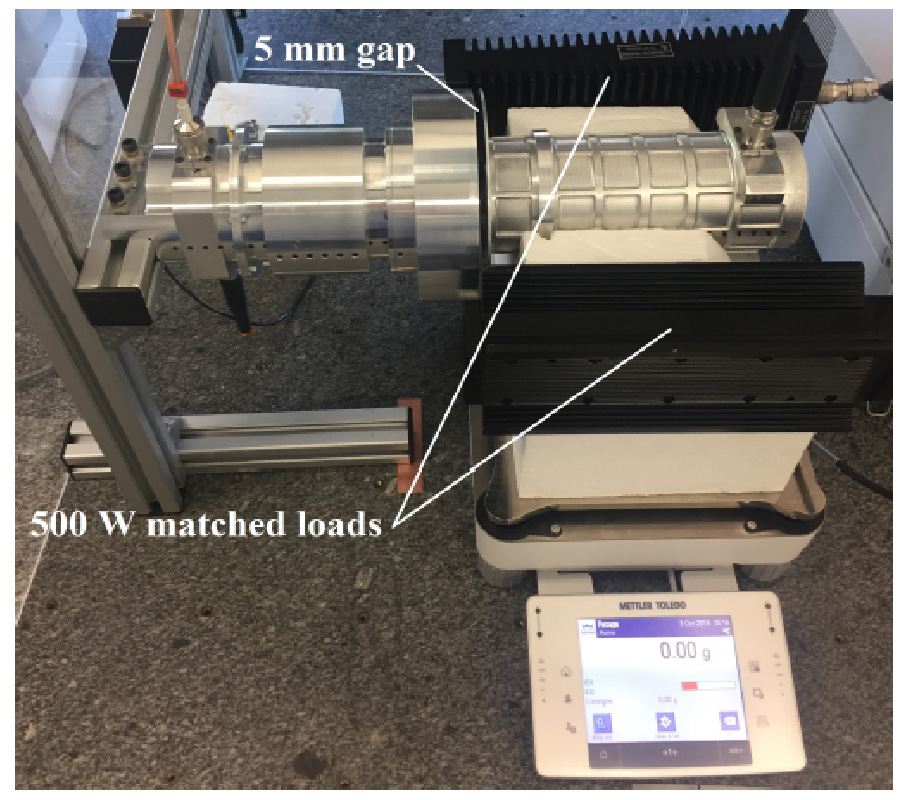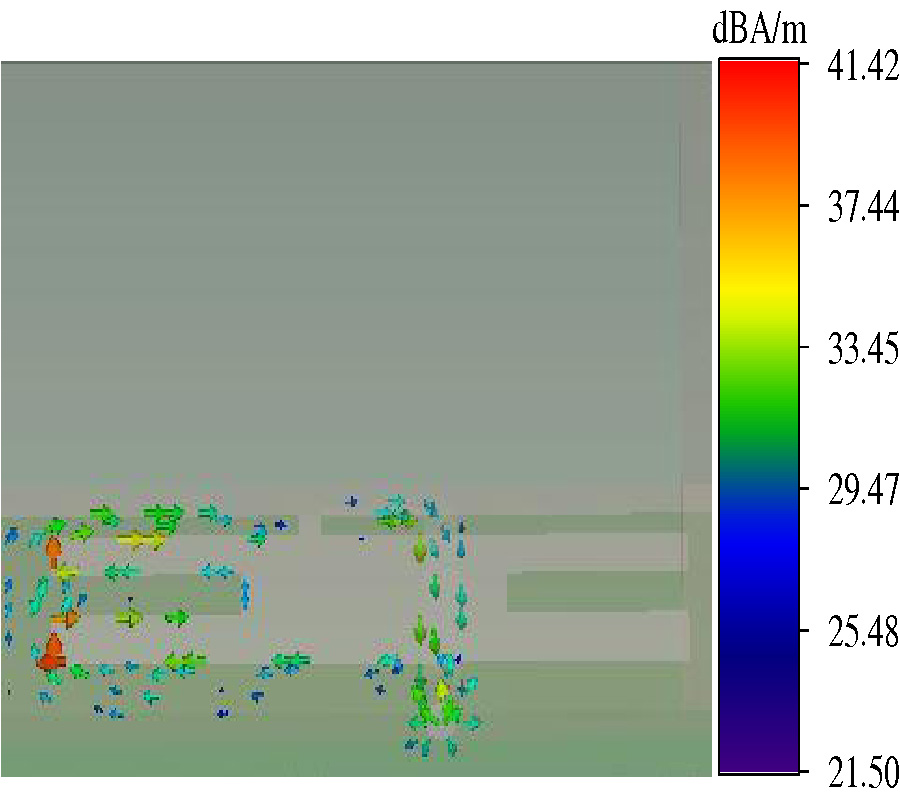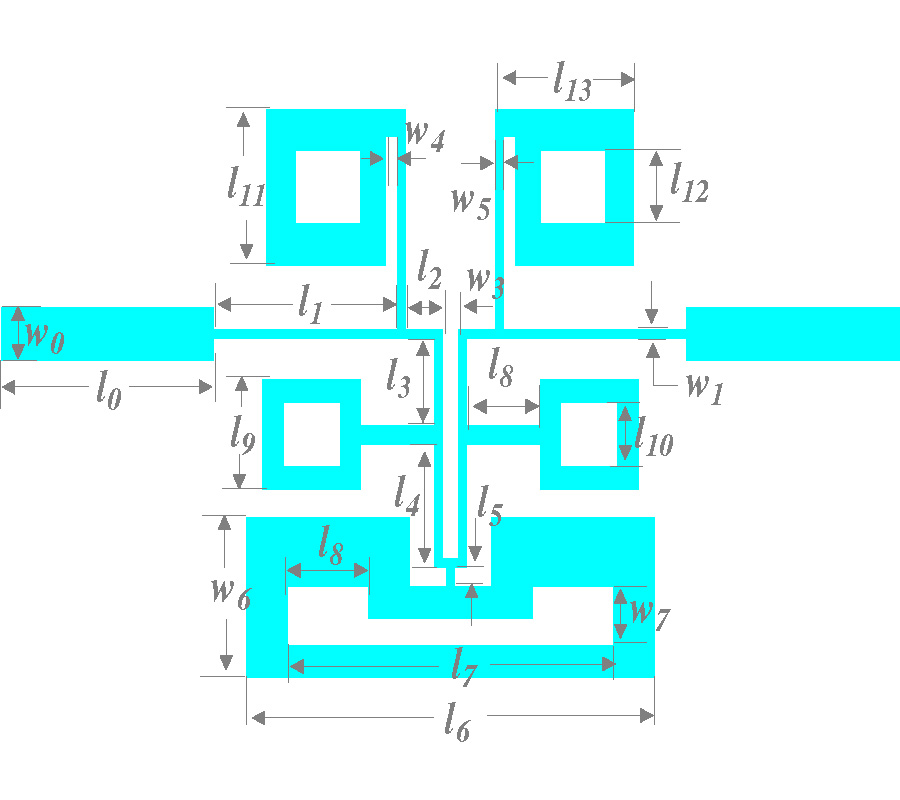Rain Attenuation for 5G Network in Tropical Region (Malaysia) for Terrestrial Link
Kesavan Ulaganathen,
Tharek Bin Abdul Rahman,
Islam Md. Rafiqul and
Khaizuran Abdullah
Millimeter wave (mm-Wave) is today's breakthrough frontier for emerging wireless mobile cellular networks, wireless local area networks, personal area networks, and vehicular communications. In the near future, mm-Wave products, systems, theories, and devices will come together to deliver mobile data rates thousands of times faster than today's existing cellular and Wi Fi networks for an example from the era of 3G, 4G towards 5G mobile communication in near future. This paper presents studies on rain attenuation at 6 GHz and 28 GHz, which is widely used for local multipoint distribution service deployment by using the measured and prediction methods for terrestrial microwave links point to point in tropical regions. Besides this, discussion and comparison of five different reduction factor models have been presented. Several models have been proposed by researchers to account for the horizontal variation of rain fall. Five rain attenuation prediction models at tropical region are analyzed. The models are ITU-R model, revised Moupfouma model, revised Silva Mello model, Abdul Rahman model, and Lin model which have been analyzed. The objective of these studies to identify rain attenuation using prediction model for 5G network in tropical region for country like Malaysia. This study been carried out with setting of an experimental test bed. A link of path length 0.2 km was set up in Johor Bahru, Malaysia. Both the transmitter and receiver operate at frequencies of 6 GHz and 28 GHz. A tipping bucket rain rate used, and all the data have been recorded using data logger. At the end of the analysis, it is found that all the five models predict rain attenuation at less than 1 dB and 11 dB for operating microwave frequency at 6 GHz and 28 GHz for 5G Network, This findings will be useful for future 5G network designers to consider the effect of rain impairments especially in tropical region.
